Boletus satanae: the most dangerous
2 years ago · Updated 6 months ago
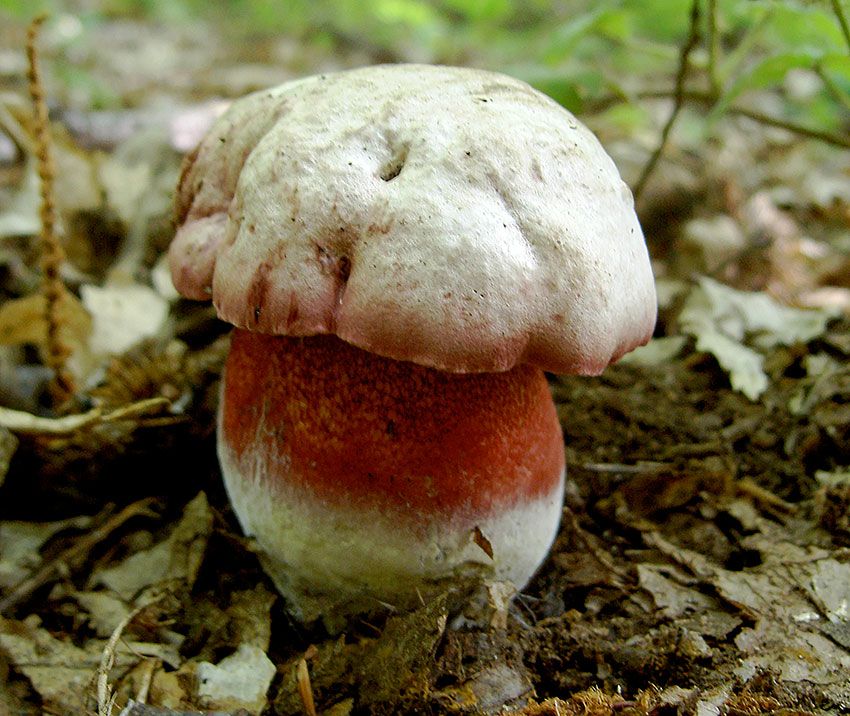
- The name of this mushroom already puts us on alert.
- Boletus satanás, a good name for a poisonous mushroom
- Poisonous boletes, very popular
- How to distinguish a boletus satanas
- Habitat and season of suillellus satanás
- Confusion of Boletus satanas with other poisonous or toxic boletus
- Intoxication produced by boletus satanas.
The name of this mushroom already puts us on alert.
This boletus is considered one of the few toxic boletus, causing severe gastrointestinal disorders. We'll list its characteristics to avoid possible and dangerous confusion.
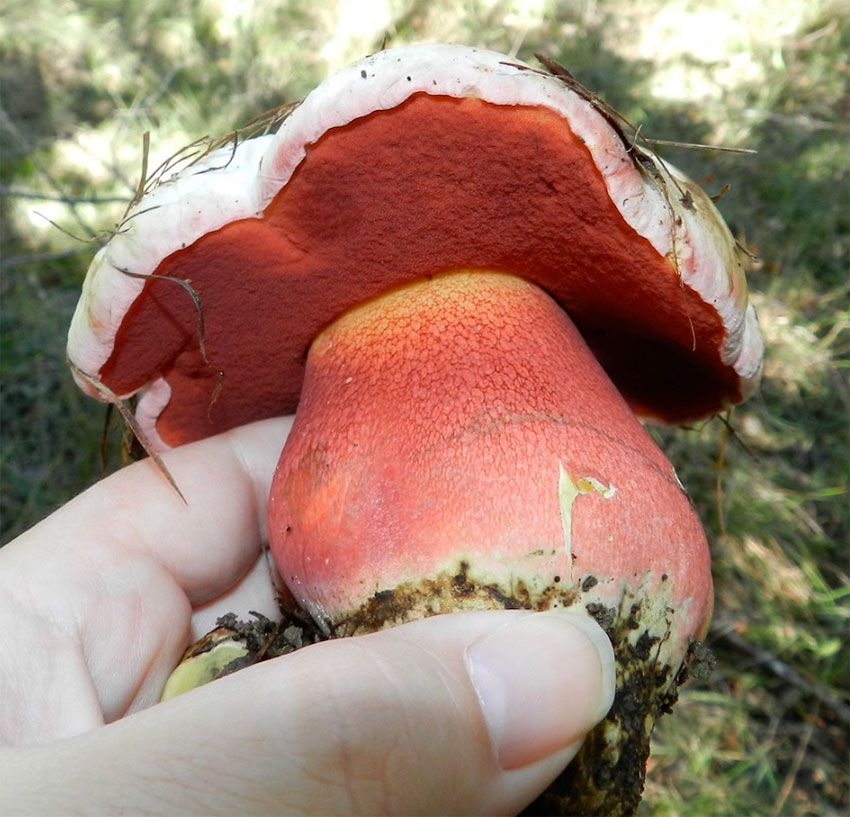
Boletus satanás, a good name for a poisonous mushroom
This boletus is popularly known as Satan's boletus. In areas where it appears, it is feared for its intoxications, which occur shortly after ingesting this boletus. Although they do well to be afraid of it, it's not a deadly fungus, although its intoxication is one of the most virulent.
Poisonous boletes, very popular
Its popular and scientific name in this case are very similar, boletus satanas, although it's also known as parent killer, satan boletus, corvall del dimoni, satan onddo, matagent... In any case, the name gives us an idea of how dangerous this poisonous boletus is.
How to distinguish a boletus satanas
Despite some resemblance to other edible boletus such as boletus erythropus, the truth is that if we follow these identification guidelines, we won't have any problems distinguishing it in the mountains.
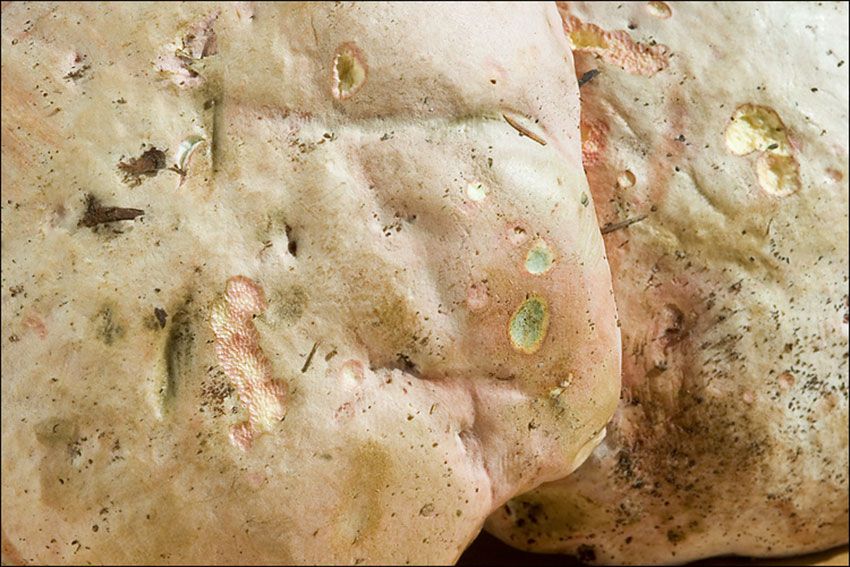
The size of this mushroom gives it away. We're talking about one of the most imposing boletus, reaching 30 cm and more. Seeing a cap of this caliber is a sight to behold. But we have to look at the color. His cap is whitish, pale. A characteristic light gray color similar to lightened café au lait, and with its thick excess margin. The cuticle is velvety and matte. It's not uncommon to find specimens weighing around 2 kg
The pores of boletus satanas have a pale yellowish tinge, ending in an orange-red color. They turn blue slowly when cut
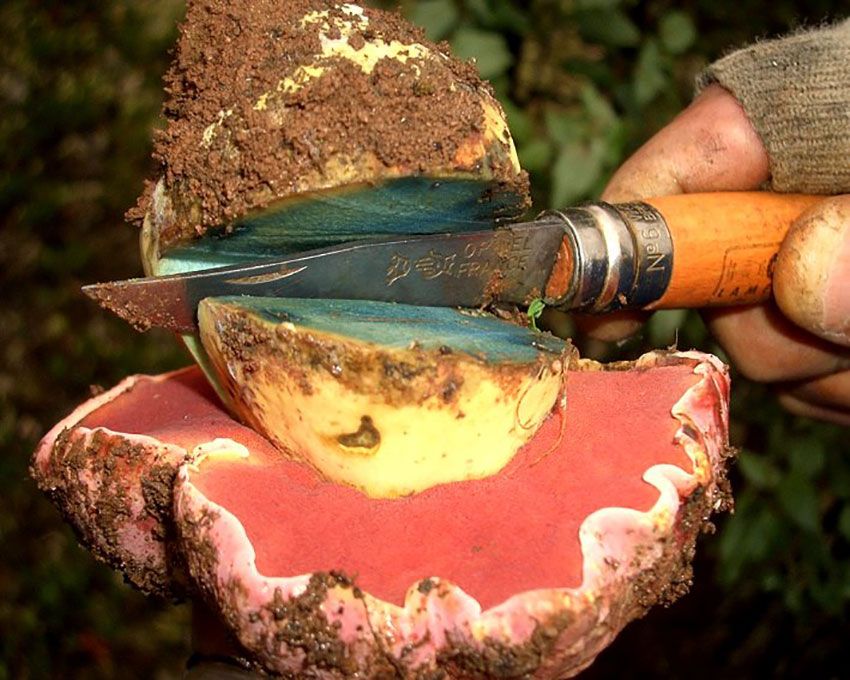
The foot of the boletus satanás has a paunchy shape, also large in size, and a characteristic red color, like blood and with a network also red in color.
The flesh of boletus satanás is a light yellow, creamy color that turns greenish-blue when cut. The same applies to the spores and tubes.
It has a rather unpleasant odor, especially as it ages.
Habitat and season of suillellus satanás
If you're wondering where to find boletus satanás, bear in mind that it's a fungus exclusive to limestone soils. It will not be found in other types of soil. It likes clearings, sunny and dry, and appears mainly associated with deciduous species. Among these, oaks, chestnuts, arbutus and cork oaks would be its favorites. Spotting a good satanás hat in the grass is a thrill, even though it's not an edible species.
As for the appearance of Satan's boletus, knowing that it is a thermophilic species, we can already imagine what its preference is. We're talking about boletus that disappear with the onset of cold weather, so we'll have to look for them in summer and early autumn.
Boletus satanas is an uncommon species and therefore if we find a specimen, we'll have to leave it in place to guarantee future appearances. It's a species to protect
Boletus satanas, one of the poisonous boletus to know
The edibility of this boletus is defined by its name. They cause gastrointestinal upset, diarrhea, nausea and severe pain, but beyond dehydration, this would not be dangerous.
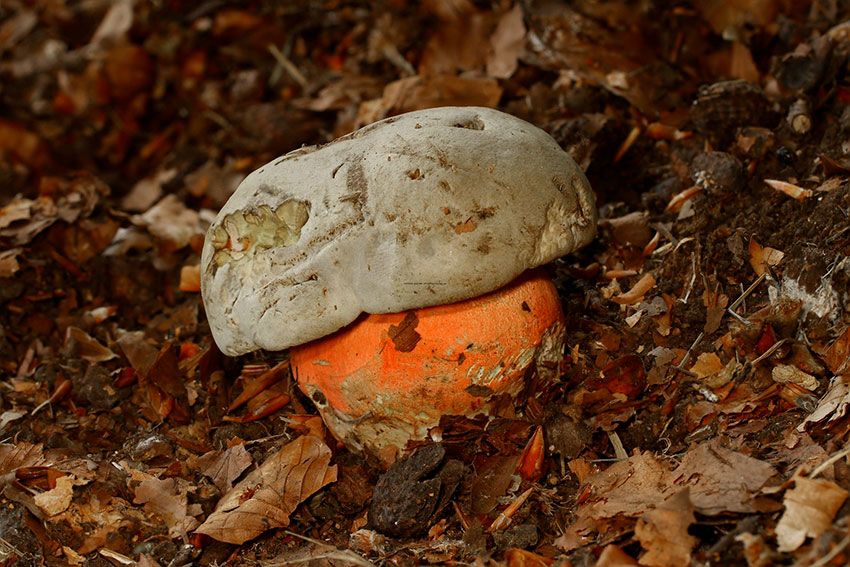
Confusions of boletus satanas with other similar mushrooms
Throughout this article, we've already clearly stated the toxicity of boletus satanás. In fact, it is the most toxic boletus of its kind. But even so, despite its highly specific characteristics, confusion can still arise.
Although it's a fairly recognizable mushroom, the color of the cap bears a certain resemblance to Boletus Rodoxanthus. The difference between the two would lie in the striking red network on the foot, and in reddish areas on the cap. Moreover, in Boletus rhodoxanthus, the color change that occurs during cutting is well differentiated on the foot and cap
The Boletus satanas could also be confused with the red foot or boletus erytrophus, but the color of the cap is quite different, being in the case of erythropus between dark brown and reddish and in addition its smell and flavor are sweet and pleasant, nothing to do with the boletus satanas
Confusion of Boletus satanas with other poisonous or toxic boletus
Another confusion that can arise would be if we were to confuse boletus satanas with boletus calopus. The flesh of this boletus also known as the bitter red foot, turning blue on contact with air and changing from a soft or pale yellow hue to blue. Its taste is so bitter that it's very difficult to confuse, especially as it's not edible for boletus satanas.
Intoxication produced by boletus satanas.
The type of intoxication would be fungal gastrointestinal syndrome. This type of intoxication occurs very quickly, from 20 minutes to no more than 4 hours.
Symptoms, although severe, are not life-threatening, provided dehydration is controlled. Consumption of this mushroom produces:
- Gastrointestinal disorders: vomiting and diarrhea, nausea and abdominal pain.
- Also and associated with these symptoms, headaches, circulatory system disorders and muscle cramps accompany it.
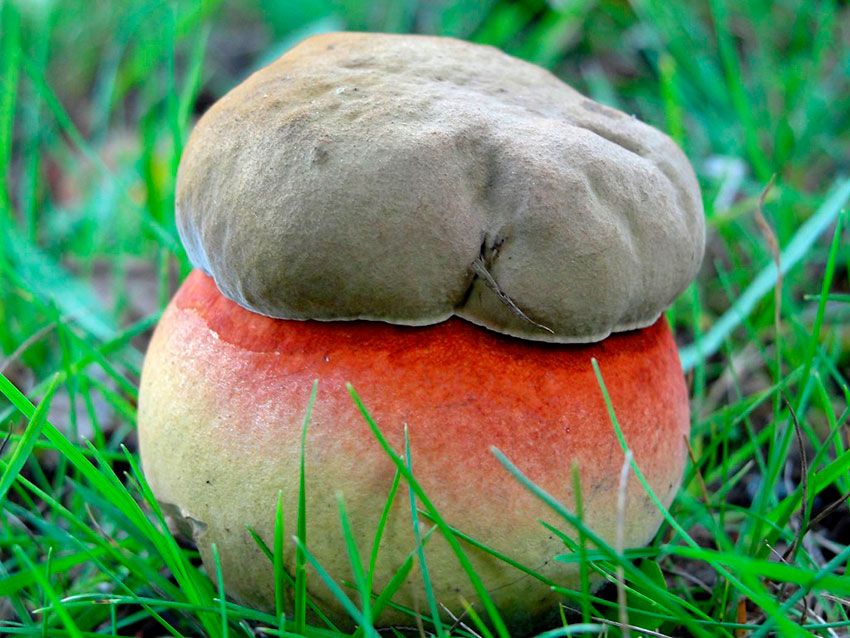
If we have mistakenly consumed this mushroom, we should call the Toxicological Information Service: 91562042 / 914112676 (with assistance 24 hours a day, 365 days a year, by specialized medical staff) and follow their instructions.
Photographs of boletus satanas
Photographing this mushroom is a marvel, both for its habit and for the colors it has. If you like taking photos of mushrooms, you've probably already taken images of boletus satanas. If you e-mail them to us at info@lacasadelassetas.com, we'll add them to this gallery. We look forward to receiving them: -)
We hope you can now identify this curious and poisonous boletus.
Health and boletus!


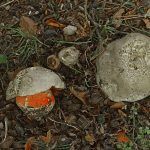
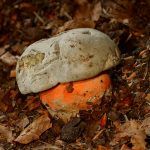
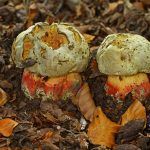
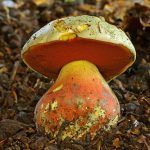
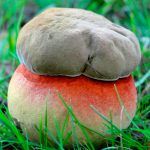
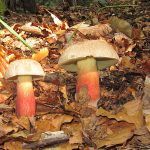
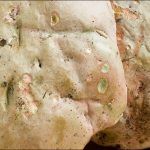
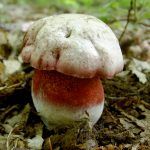
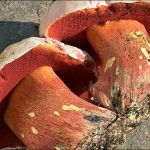
Te pueden interesar